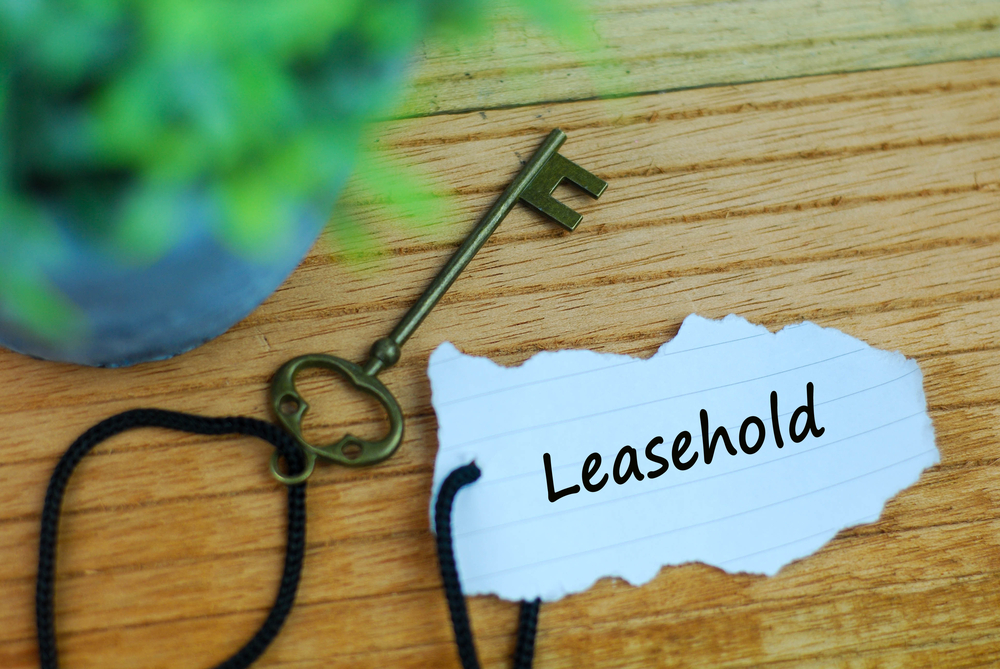 The Conservative manifesto pledge to boost the housing supply with a million homes by the end of 2020 will only result in an increase of just 9,000 a year.
The Conservative manifesto pledge to boost the housing supply with a million homes by the end of 2020 will only result in an increase of just 9,000 a year.
This is only just above current rate of building in England and will do little to solve the housing crisis, warns property investment marketplace Property Partner.
The average rate of housebuilding over the last 10 years in England has been 166,000 homes a year.
The research revealed the Conservative manifesto commitment to build a million homes between April 2015 and the end of 2020 is the equivalent of 175,000 a year, lifting the current 10-year average rate of growth by only 9,000 a year.
This is the equivalent of an extra village the size of Wideopen in North Tyneside every 12 months.
Labour has pledged to build a million homes by the end of 2022 – 200,000 a year – and the Conservatives have pledged a further half a million homes by then.
Despite the fanfare fanfare over their manifesto commitments and stated ambition to tackle the housing crisis, both major parties’ policies will actually result in the housing surplus in England shrinking by the end of the next Parliament.
England currently has a housing surplus 1.9% or 434,744 homes which will fall to 346,977 or 1.4% by the end of 2022.
Using ONS projected household growth and the current rate of housebuilding, England is predicted to face a housing shortfall beginning in 2025 with an initial deficit of 877 homes.
This deficit is expected to widening to 452,598 homes or 1.6% by 2039.
London’s shortfall is 3.8% or 139,919 homes and by 2022 it is predicted the deficit will reach 7.3% or 288,623 homes, even with the Labour and Tory manifesto pledges factored in.
Mark Weedon, head of research at Property Partner, said: “The housing market is broken, there are not enough homes and despite both of the UK’s major parties’ stated ambitions to tackle the housing crisis, their manifesto plans fall short given the scale of the problem.
“London’s chronic imbalance of supply and demand is not being addressed, and by 2025 the housing shortage will have spread across England. This represents one of the biggest threats to family life and consumer spending in this country.
“It’s high time politicians realised nothing short of a step change in housebuilding will ever get close to delivering the homes required to meet our growing population.”
Manifestos
In the run-up to the election, the housing crisis features high on the agenda of politicians attempting to woo voters.
The Conservative Party has pledged to meet its commitment to deliver a million homes by the end of 2020, with a further half a million more by the end of 2022.
The manifesto reiterated the government’s commitment to deliver proposals made in the housing white paper earlier this year with reforms to free up land for new homes, speed up build-out by encouraging modern methods of construction and give councils powers to intervene where developers do not act on their planning permissions.
New fixed-term social houses will also be built, which will be sold privately after 10 to 15 years with an automatic Right to Buy for tenants. The proceeds will be used to build further homes.
Labour said it will build over a million new homes, including at least 100,000 council and housing association homes a year for genuinely affordable rent or sale if it is elected.
It will establish a new Department for Housing to tackle the housing crisis and guarantee Help to Buy funding until 2027.
The manifesto also includes plans to lift restrictions that stop councils building homes and give local people buying their first home ‘first dibs’ on new homes built in their area.
The Lib Dems are planning to woo back young voters to the party lost after the tuition fees debacle with a number of housing reforms to help first-time buyers.
The party said in its manifesto that it is planning to increase the house building target to 300,000 homes a year through a government commissioning programme to build homes for sale and rent.
Through its Rent to Buy pledge, young people and families looking to get on the housing ladder will be able to buy a home through their rent payments. With each monthly payment they will get an increasing stake in the property, giving them outright ownership in 30 years.
Tenants will be given first refusal to buy the home they are renting from a landlord who decides to sell during the tenancy at the market rate.
Pete Mugleston, finance expert at Online Mortgage Advisor, said: “The Tories want another million new homes built by 2020, with another 500,000 by 2022, which seems to be an extremely rigorous policy and begs the question, exactly where will these homes will be built?”
He said that while Labour’s pledge to extend Help to Buy was good for current residents those already living in high-cost areas such as London would struggle to move outside.
“It would also stop those looking to relocate for other reasons being able to get on the Help To Buy scheme elsewhere.
“With rising house prices, what’s clear for whichever party gets into power, is that affordable homes need to be made available to the hundreds of thousands of people who are paying above the odds for rental properties.”
[box style=”4″]
What Mortgage has teamed up with London & Country to offer you expert advice on the right mortgage deal.
Whether you’re buying a new home, remortgaging to a new deal or buying an investment property, L&C can help – and you’ll pay no fee for their advice. To find out more, click here.
[/box]






